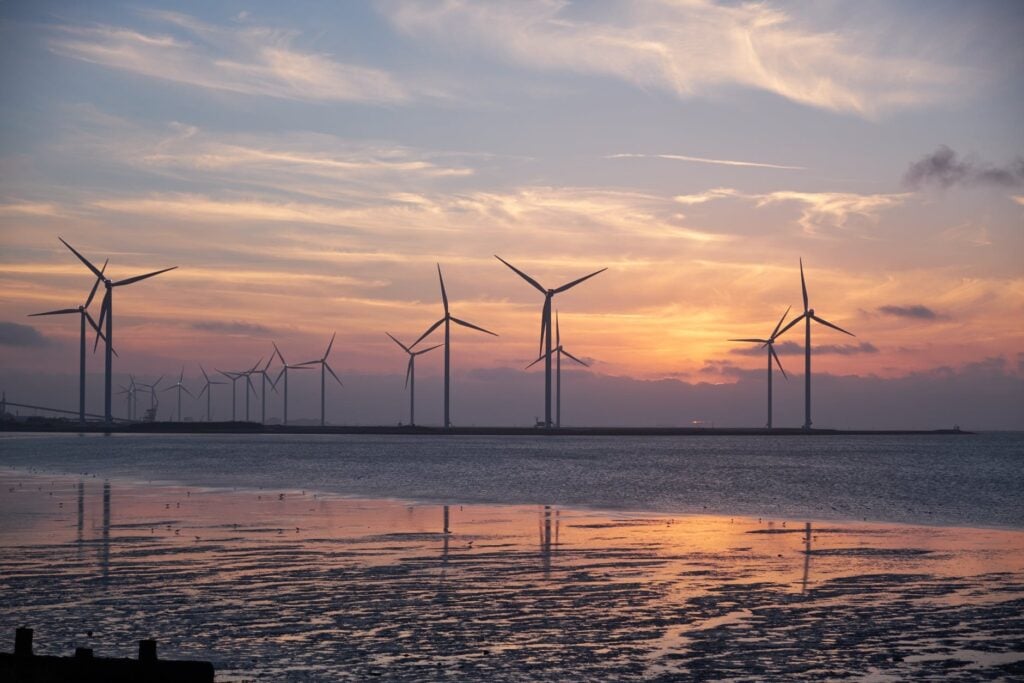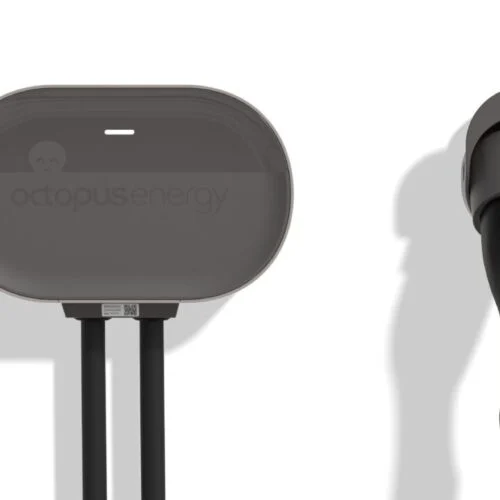A coordinated approach to connecting offshore wind farms to the grid could save consumers £5.5 billion in costs by 2030.
National Grid ESO has set out a pathway for a single, integrated approach to supporting the large scale rollout of offshore wind and its connection to the transmission network. The Pathway to 2030 including the Holistic Network Design is one of the largest investment plans in critical electricity transmission networks since the 1950s and 60s.
It is designed to ensure that Britain’s transmission network is capable of meeting growing consumer demand and the need to connect increasing amounts of offshore wind if the UK is to meet its 50GW by 2030 target and transition to net zero.
The pathway sets out to consider the future offshore generation to 2030, to allow infrastructure to be planned in such a way that power can be brought onto the grid in a cohesive manner.
This would bring a number of key benefits, including saving consumers over £5 billion in costs by 2030 as opposed to connecting wind farms individually.
It could also reduce the impact the infrastructure will have on the seabed, with a 30% smaller footprint from cables coming to shore, and reduce CO2 emissions between 2030 and 2032 by 2 mega tones by facilitating the flow of green energy thereby reducing the use of fossil fuels.
The Holistic Network Design is based around the connection of 23GW of offshore wind being connected by the end of the decade, and includes projects that secured seabed leases through The Crown Estate’s Offshore Wind Leasing Round 4 and Crown Estate Scotland’s ScotWind Leasing Round.
These projects are located in North and South Wales, the Scottish Islands and West Coast, and the East Coast of Scotland and Aberdeenshire, Lancashire, North-East England, and Yorkshire & Humber.
The wind generation that the pathway will unlock is also expected to deliver up to £54 billion in investment into the British economy, and create up to 168,000 jobs by 2030.
“The ESO is at the heart of strategic planning of the future energy system and is actively contributing to Britain’s energy security and a net zero future,” said Fintan Slye, executive director, ESO.
“The publication of the Holistic Network Design is a key step in providing certainty to offshore wind developers and mitigating potential impacts on the environment and local communities from energy infrastructure.
The next steps for the Holistic Network Design – which was developed together with the transmission owners, and in consultation with Ofgem, the UK, Scottish, and Welsh Governments, offshore wind developers and environmental stakeholders – involves expanding it to include further developments, including all of ScotWind projects by Q1 2023.
It will be followed by a Detailed Network Design and consenting process, which will be used to determine technology choices, transmission routes – National Grid ESO noted that current documents are designed to be illustrative, representing transmitting volumes of electricity from point a to point b and not specific transmission routes – and where substations and converter stations will be located. These will be carried out by the organisation that will deliver the network infrastructure.
The Holistic Network Design has been developed as part of National Grid ESO’s role in the Offshore Transmission Network Review, which was launched by the Department for Business, Energy and Industrial Strategy in July 2020.
Britain’s offshore wind sector is continuing to expand at pace to meet renewable energy targets, with nearly 7GW winning Contracts for Difference support in the fourth auction this week.






